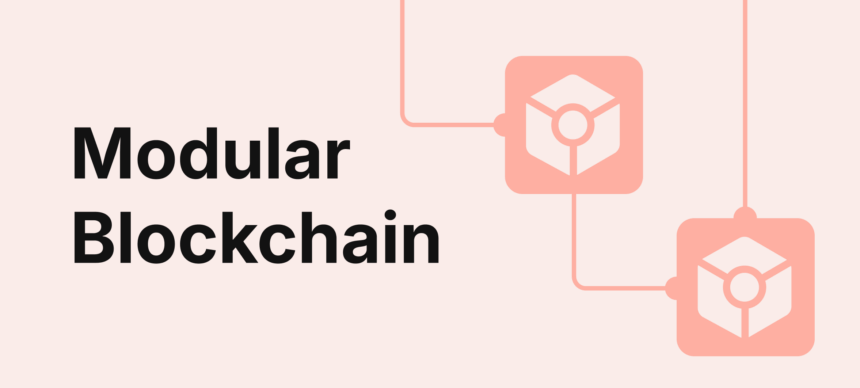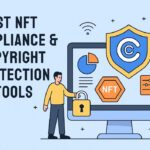In this article, I will explain what modular blockchains are, and how they are different from regular blockchains and how modular blockchains facilitate the separation of three primary functions—transaction execution, consensus, and data availability— into different layers.
This design enhances scalability, security, and flexibility, making it possible for several applications to operate simultaneously with less congestion and at reduced costs. I will focus on the constituent parts, the advantages, and some practical applications.
What Is a Modular Blockchain?
A modular blockchain is an advanced blockchain architecture designed to increase scalability, flexibility, and efficiency by taking the core functions of a blockchain and distributing them across different layers.
In contrast to monolithic blockchains, which execute all functions—transactions, consensus, and data availability—on a single chain, modular blockchains allocate these different functions to various specialized layers.
A modular blockchain generally includes an execution layer, which processes and executes transactions, a consensus layer, which validates and finalizes blocks, and a data availability layer, which secures all transactions and keeps them readily accessible. Some modular blockchains may also contain a settlement layer, which adds an extra layer of security and finality.
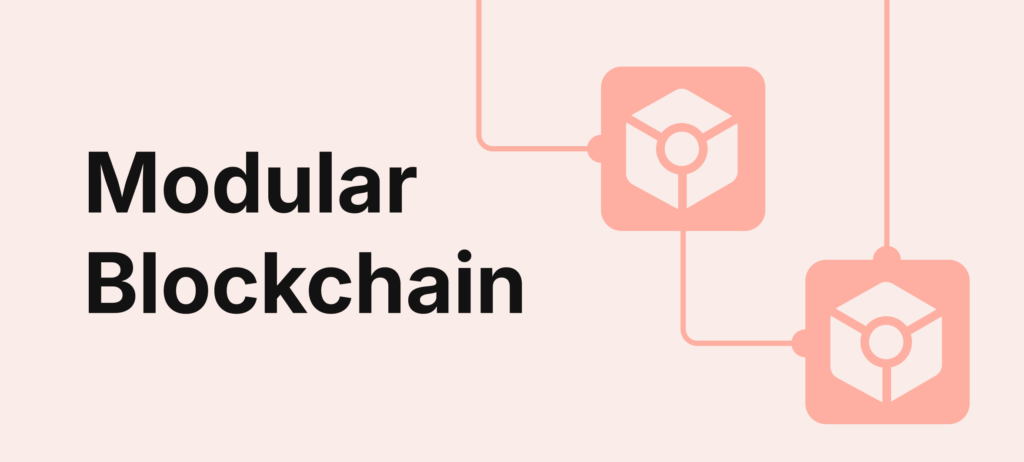
This modularity enables each layer to be optimized for a different, specific purpose, improving the blockchain’s performance and scalability. For instance, one layer can concentrate on rapid transaction execution while another maintains maximal decentralization and security.
Modular blockchains directly resolve the challenges encountered with monolithic chains, such as congestion, high transaction costs, and low scalability. More advanced, sophisticated applications can be built with these chains, due to specialized layers.
Celestia and Polygon Avail are notable examples that are investigating this architecture and demonstrating the impact that modularity can have on blockchain infrastructure.
Simply put, a modular blockchain is the upcoming version of a blockchain that achieves the ultimate combination of fast, secure, and scalable blockchain to satisfy the increasing needs of decentralized applications.
Top Modular Blockchains
Celestia
Celestia is an innovative modular blockchain that is pioneering the separation of consensus and data availability from transactional execution, establishing itself as a genuine modular chain. Unlike most blockchains that consolidate all functions into one layer, modular blockchains like Celestia focus only on the ordering and secure publishing of data.
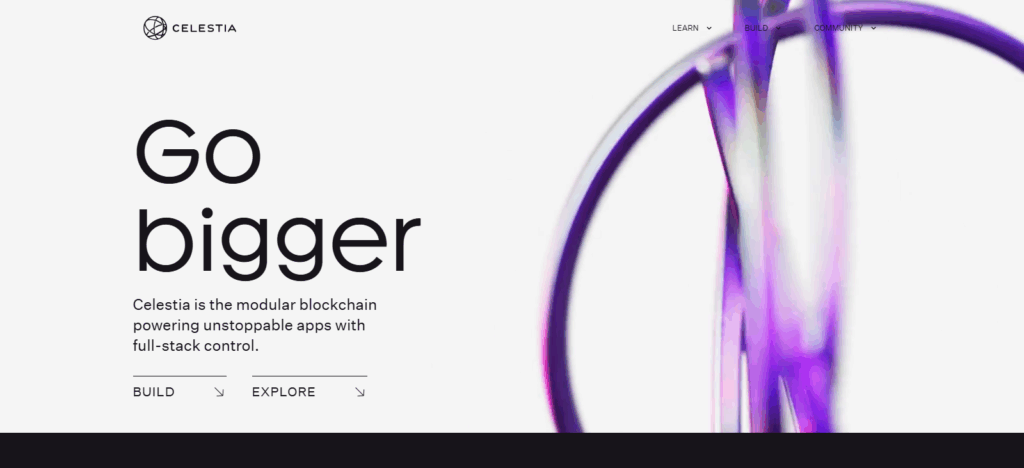
This gives developers the freedom to build execution layers—whether smart contracts or rollups—above the chain without being constrained by the limitations of the base layer.
Celestia’s one-of-a-kind design permits infinite scalability, as execution layers can independently and concurrently use Celestia for consensus and data availability. All of these positive attributes contribute to eased congestion, lower fees, and increased development freedom—an extraordinary leap in blockchain design.
Polygon
Polygon flexible ecosystems incorporate modular architecture through solutions such as Polygon Avail, which separates data availability from execution.
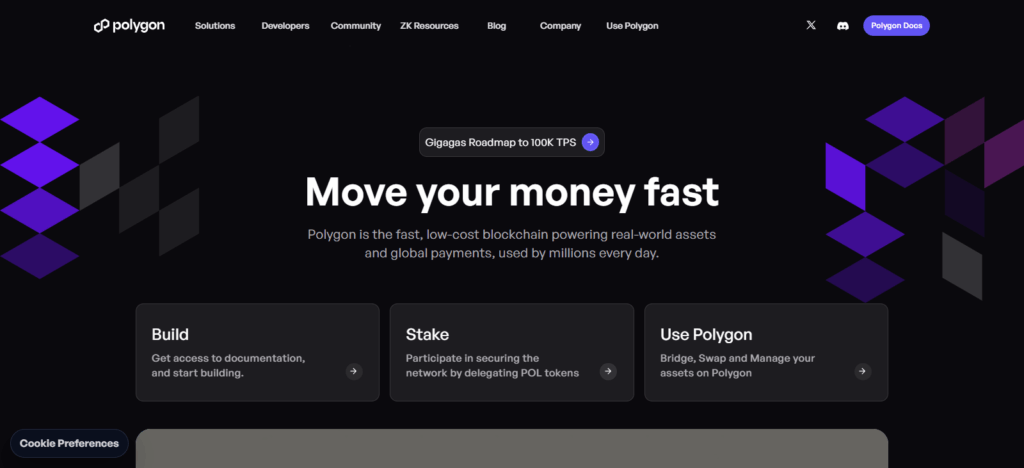
With this approach, Polygon enables numerous independent execution layers, like rollups, to efficiently interact with a safe foundational layer for consensus and data integrity. This architecture improves scalability, lowers transaction costs, and allows developers to construct bespoke execution environments, maintaining secure execution environments.
Polygon is helping define true modularity in infrastructure blocks within a chain, as it allows for comparatively improved transaction speed, decentralization, and overall increased resourcefulness for developers when constructing decentralized autonomous applications.
Manta Network
Manta Network stands out as a modular blockchain that focuses on privacy and scalability by uncoupling how a transaction is executed from how it is consented to and made available.
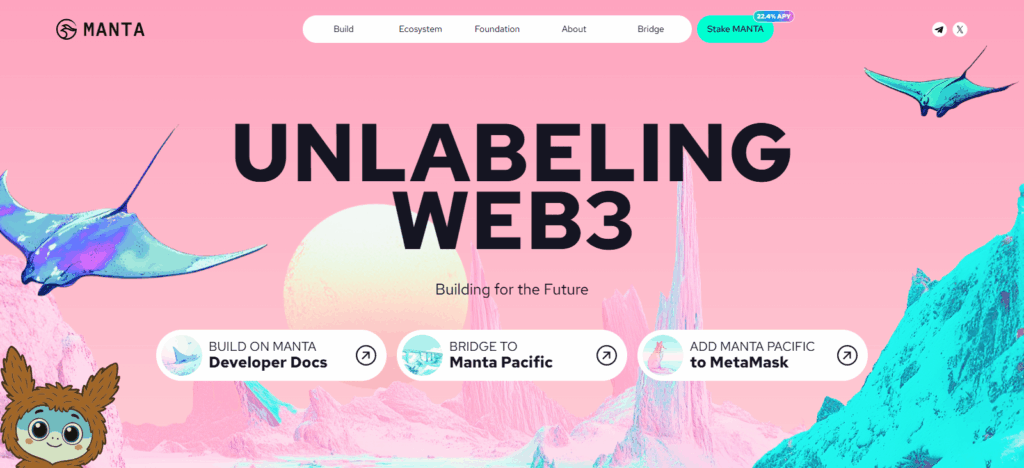
Different from conventional blockchains that compress all processes to a single chain, Manta deploys a modular design in which its execution layer processes individual private transactions using zero-knowledge proofs, then passes on the results to the consensus and data availability layers, which work on the safety and integrity of the transaction in an independent manner. Manta distinguishes itself from the rest by enabling users sophisticated fast and private transactions by uncoupling sytems.
Manta’s modular design offers unprecedented and flexible customization capabilities to developers for building privacy-centric applications and high scalable DeFi implementations, serving as an early example of the modular blockchain design paradigm that captivates on privacy, versatility and high streamlining.
How Modular Blockchains Work
Separation of Functions
- Modular blockchains divide foundational blockchain activities into distinct layers. These layers include:
- Execution Layer – Executes activities on a blockchain.
- Consensus Layer – Validates and secures the blockchain network to finish a block.
- Data Availability Layer – Stores and provides published data on transactions to the other layers to be verified.
- Separation permits specialization and the independent optimization of each tier’s performance.
Interaction Between Layers
- The execution layer communicates transaction execution outcomes to the consensus layer.
- The consensus layer certifies the transaction order as well as its finality.
- The data availability layer ensures all transaction data is readily accessible and secure for verification.
Scalability and Flexibility
- It is possible for multiple execution layers to interact with a single consensus layer at the same time.
- Developers can design custom execution environments on top of a base layer.
Security and Decentralization
- The splitting of consensus and execution provides modular blockchains with elaborate and confident security upholds.
- Layers of data availability are designed to secure against data withholding attacks.
Optimized Resource Use
- Each layer concentrates on its own function reducing the chances of congestion in the network. This in turn, lowers transaction costs.
Benefits of Modular Blockchains
Enhanced Scalability
Getting multiple layers to perform different functionalities of the blockchain at the same time allows the system to process transactions.
Lower Transaction Costs
Monolithic blockchains suffer from congestion because of their design, which increases transaction fees.
Greater Flexibility for Developers
Developers can create applications and alter execution environments without the need to modify the consensus layer.
Improved Security
Different consensus and data layers guarantee protection from attacks which are withholding data.
Better Decentralization
Each layer can maintain independent validators which contributes to decentralization of the entire network.
Faster Innovation
New execution layers or rollups can be created and the fundamental chain’s performance will not be impacted.
Optimized Network Performance
Each layer can specialize in its task which helps in reducing or even eliminating congestion, delays, and inefficiencies in the blockchain network.
Challenges & Considerations
Increased Complexity
Multiple layers of functionality within a blockchain require complex architecture, which is difficult and becomes more complex to design, implement, and maintain.
Integration Between Layers
Complexity issues may arise from integrating the execution, consensus, and data availability layers, which is necessary to guarantee seamless interaction.
Latency Issues
Transaction delays may occur due to the need for communication and interaction between the layers, with the potential for multiple layers to create sluggish transactions.
Limited Adoption
Innovation within modular blockchains is a recent advancement, thus there are fewer developers and application resources as compared to more traditional, monolithic chains.
Security Dependencies
While layers may be specialized, poorly managing one layer’s intricacies can compromise the security of the overall network.
Resource Requirements
Validators will need to consider the potential high computational and storage requirements.
Standardization Challenges
Absence of standard modular architecture for blockchains will create difficulties in interoperability between varying modular networks.
Future of Modular Blockchains
Modular blockchains provide scalability, flexibility, and security compared to existing monolithic blockchains.
Modular blockchains attain separation of execution, consensus, and data availability which allows for the support of numerous applications and rollups simultaneously, all without degrading performance or security.
Such infrastructure allows for rapid transaction speeds, low costs, and creativity for developers to realize more decentralized applications, privacy technologies, and DeFi frameworks.
As the use of modular blockchains increases, these blockchains will become the leading instigators of scalable blockchains and cross-compatibility, and will define the efficient, secure, and flexible decentralized networks of the future.
Conclusion
To summarize, a modular blockchain provides a new way to partition core blockchain functions and build unique specialization layers in the blockchain’s architecture to improve the systems overall design.
This new design provides unprecedented scalability, security, and flexibility, enabling several use cases and multiple execution environments to run in parallel on the same network.
Modular blockchain systems unclog networks, improve developer liberties, and lower costs within the network, solving many issues associated with traditional monolithic blockchains.
As evidenced by Celestia, Polygon, and Manta Network, modular blockchains improve decentralization of the underlying services, increase interoperability and integration of use cases, and enhance efficiency and other performance characteristics within blockchain ecosystems to meet the demands of Web3 and other DApps.
FAQ
How is it different from a traditional blockchain?
Traditional, or monolithic, blockchains handle all functions in a single layer, which can limit scalability and flexibility. Modular blockchains divide responsibilities across layers for better efficiency and customization.
What are the benefits of modular blockchains?
They offer enhanced scalability, lower transaction fees, improved security, greater decentralization, and more flexibility for developers to build custom applications.
Are modular blockchains secure?
Yes. By separating consensus and data availability from execution, modular blockchains maintain strong security guarantees while enabling scalability.
Can developers build applications on modular blockchains?
Absolutely. Developers can create custom execution environments, rollups, and decentralized applications without altering the base consensus layer.
Examples of modular blockchains?
Popular examples include Celestia, Polygon Avail, and Manta Network, each demonstrating modular architecture in action.


